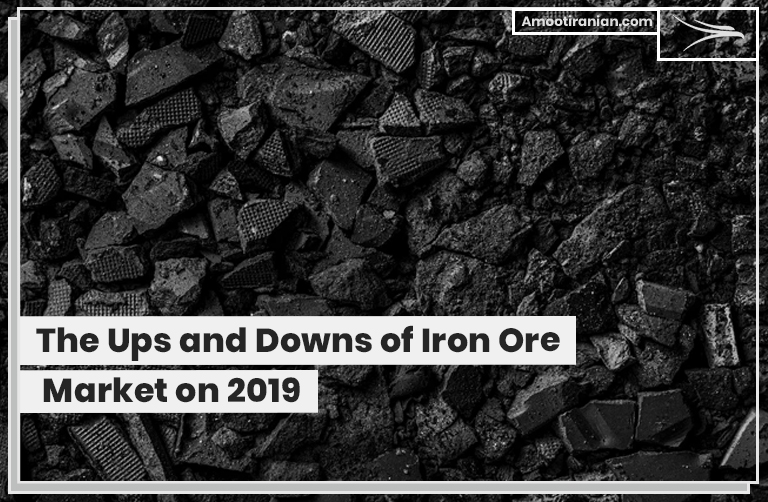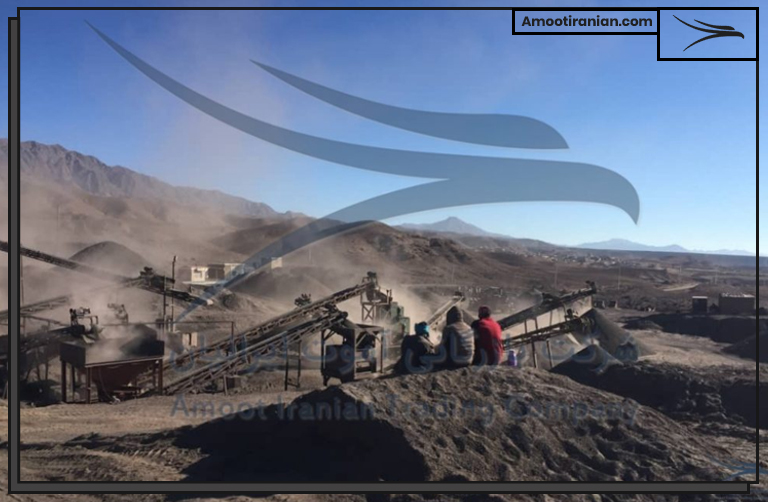.

.
Iron ore increased prices may trend down if the supply shocks disappear. Recently supply-side disruptions caused iron ore prices to jump in levels that have not been seen for a long time.
Fastmarket’s 62% iron ore price was above 90$ per MT (CFR, Qingdao basis) on the first half of April 2019 which is the highest price of iron ore since 2014.
A decrease in coking coal price has aided to retain a lid on overall hot metal costs at Chinese factories, but even these rates have been at their highest levels since late 2017.
.
Why do some experts believe that the iron ore price will decrease?
They believe that now there is a bubble in iron ore price which has been caused by supply-side cuts that are temporary. Vale’s dam collapse in Brazil as well as extreme weather conditions on Australia’s Pilbara coast caused serious shocks in iron ore supply and as soon as these interim problems disappear, iron ore price may trend down.
.
At the present time Vale is allowed to resume operations at Brucutu mine in which the dam had collapsed in January 2019. Brucutu mine has the capacity to produce 30 million MT of iron ore per year.
.

.
If both Brucutu and Alegria mines restart operations, it is predicted that Vale’s production may trend down by 10% or 37 million MT on 2019 but important to note that if these mines do not resume operations, the disruption in output may become about 20% or 77 million MT.
Also it should be mentioned that these potential reductions are instead of 15 million MT of increase that Vale had planned for 2019 which would have pushed the Vale’s iron ore output to 400 million MT for 2019.
.
The second reason than has affected the iron ore price was the extreme weather conditions in Australia which caused Dampier and Hedland ports to be closed respectively 5 days and 4 days. This issue had put the Australian miners under pressure and Rio Tinto announced a force majeure situation because they expected a loss in iron ore production of about 14 million MT this year.
Rio Tinto expects its 2019 Pilbara shipments to be between 333 and 343 million MT. According to Rio Tinto, 2019 Pilbara shipments would be 5 million MT less than last year on the lower end, but actually 5 million MT more than 2018 on the higher end.
The prediction overlaps what they originally expected to export this year (338-350 million MT). Fortescue Metals Group (FMG) declared shipment delays but no output disruptions and BHP estimated an initial production decrease of 6~8 million MT of iron ore. Rio Tinto’s iron ore manufacture has reduced by about 7 million MT but shipments by over 11 million MT.
As iron ore prices trended up because of these issues, freight rates for the Capesize ships that are shipping iron ore from Brazil and Australia dropped.
A reduction in spot iron ore cargoes from Brazil due to the Vale disaster on January result to mass of Capesize ships ballasting into the Pacific basin for trade. Therefore an intensive oversupplying was seen in the market.
As the supply of iron ore cargoes in the Pacific had also became limited because of the Australian port closures in March, Capesize freight prices had reduced to their lowest levels since July 2017.
Capesize freight rates in the Atlantic and Pacific basin declined about 35% from the last week of December to the final week of March So the price of transportation as a part of the overall iron ore cost reduced strongly in first quarter of 2019.
.
Consequently as freight markets seem to have found their floor and rebounded, it is expected that iron ore rates move down from their current levels, thus supporting Chinese metal spreads (calculated by steel less raw materials prices) over the future months.
